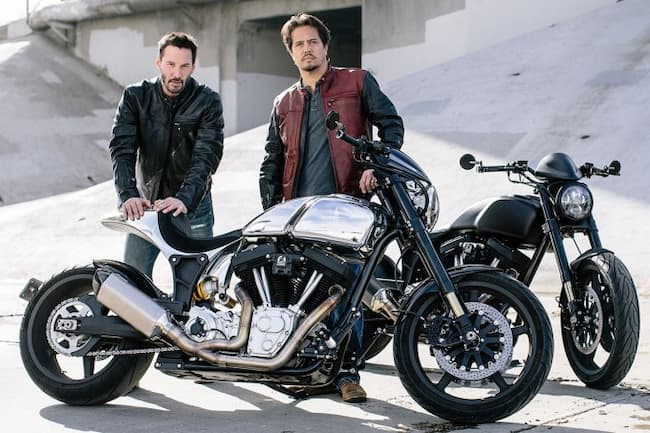In the world of off-roading, the 1966 Toyota FJ40 Land Cruiser is an icon. Introduced in 1960, the Land Cruiser was designed to tackle the toughest terrain on Earth, and it quickly became known for its incredible durability, reliability, and versatility. The 1966 model year was a particularly significant one for the Land Cruiser, as it marked the introduction of several key improvements that made the vehicle even better suited to off-road adventures.
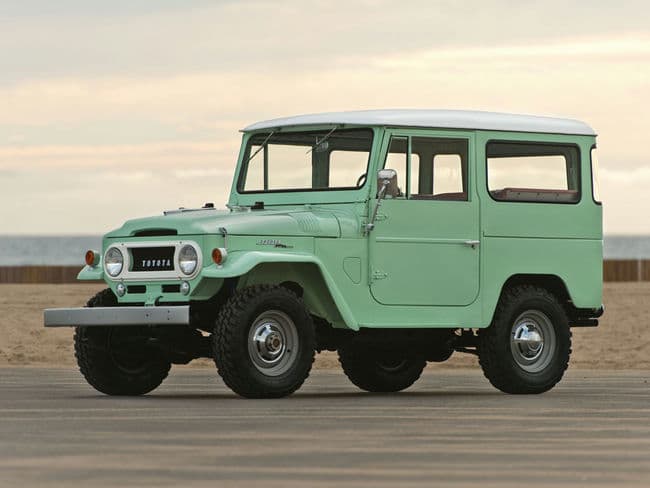


At its core, the 1966 Toyota FJ40 Land Cruiser is a rugged, no-frills off-road vehicle. Its design is simple and functional, with a body-on-frame construction that provides excellent strength and durability. The FJ40 sits on a short wheelbase of just 90 inches, making it highly maneuverable in tight spaces, and its narrow track width allows it to navigate through narrow trails without getting hung up on obstacles.

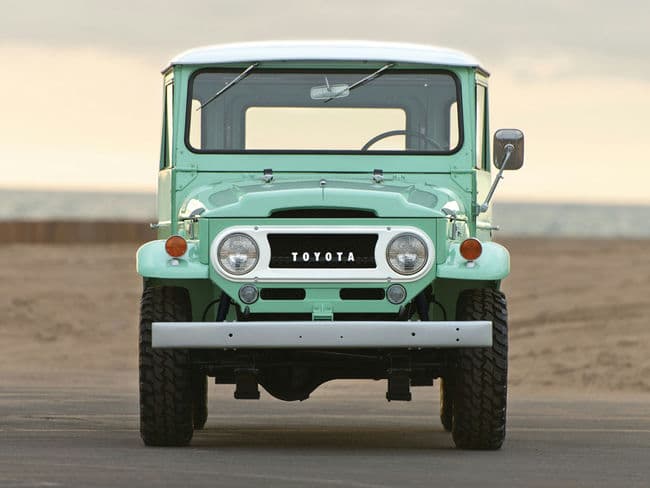
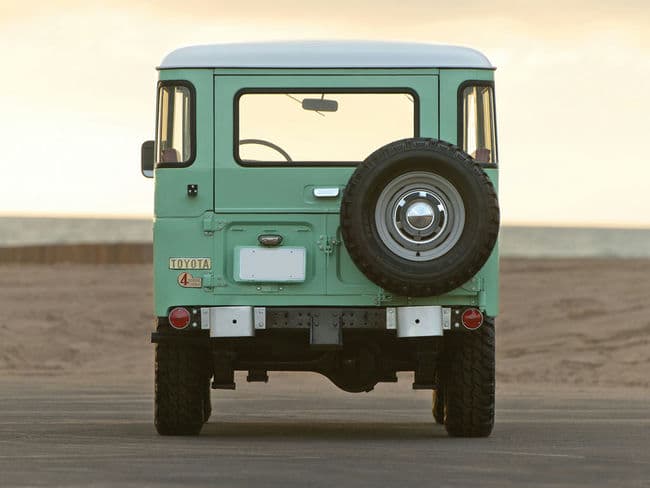

Under the hood, the 1966 Land Cruiser is powered by a 3.9-liter inline-six engine that produces 125 horsepower and 209 lb-ft of torque. While these figures may not seem impressive by modern standards, they were more than sufficient to propel the FJ40 over rough terrain and up steep inclines. The engine is mated to a three-speed manual transmission, and four-wheel drive is standard.
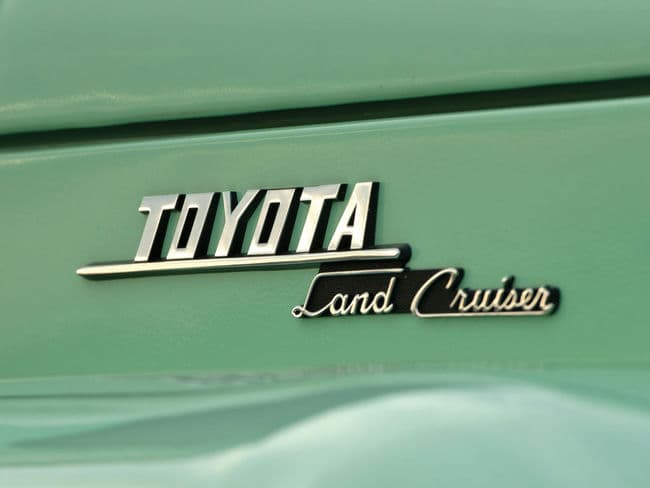
One of the standout features of the 1966 Land Cruiser is its removable hardtop. This allows owners to enjoy open-air off-roading in the summer months, or to add a soft top for protection from the elements. Other notable features include a fold-down windshield, a full-size spare tire mounted on the rear door, and a beefy front bumper with a built-in winch mount.
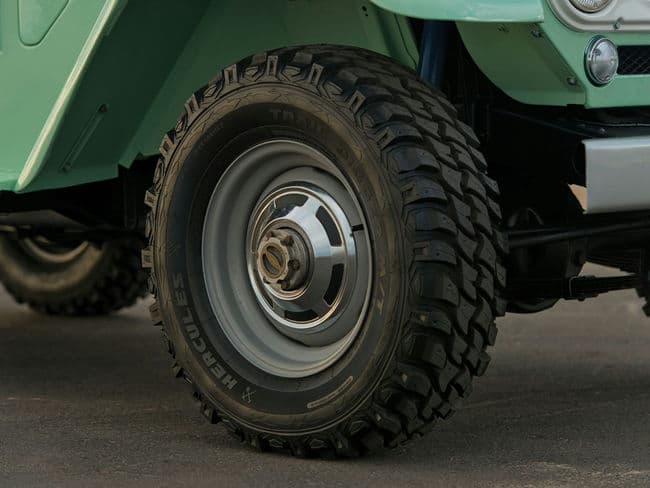
While the 1966 Toyota FJ40 Land Cruiser may not be the fastest or most luxurious vehicle on the market, it excels where it counts: off-road. Thanks to its rugged construction, four-wheel drive system, and impressive ground clearance, the FJ40 is capable of traversing even the most challenging terrain.

The Land Cruiser’s solid front and rear axles provide excellent articulation, allowing the vehicle to keep all four wheels in contact with the ground even on uneven terrain. The FJ40’s short wheelbase and narrow track width also contribute to its impressive off-road capability, as they allow the vehicle to navigate tight spaces and narrow trails with ease.
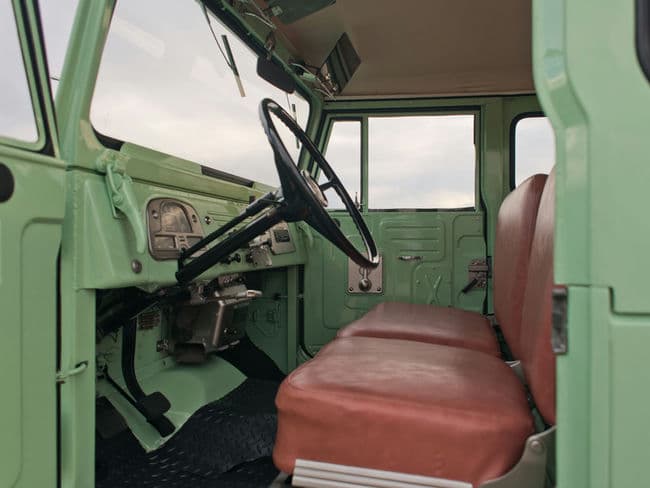
In addition to its excellent off-road capability, the 1966 Land Cruiser is also known for its reliability. Many FJ40s are still on the road today, more than half a century after they were first built, and they continue to be popular with off-road enthusiasts around the world.


The 1966 Toyota FJ40 Land Cruiser is not just a classic off-road vehicle; it is also a cultural icon. Over the years, the Land Cruiser has become synonymous with adventure and exploration, and it has been featured in countless movies, TV shows, and books.
Beyond its cultural significance, the Land Cruiser has also had a profound impact on the automotive industry. The FJ40 was one of the first truly capable off-road vehicles to be produced on a large scale, and it helped pave the way for the SUV and crossover segments that dominate the market today.
The 1966 Toyota FJ40 Land Cruiser is a true classic, and for good reason. It is a rugged, reliable, and capable off-road vehicle that has become an icon of adventure and exploration. With its simple, functional design and impressive off-road capability, the FJ40 remains a popular choice among off-road enthusiasts more than 50 years after it was first introduced. Whether you’re

